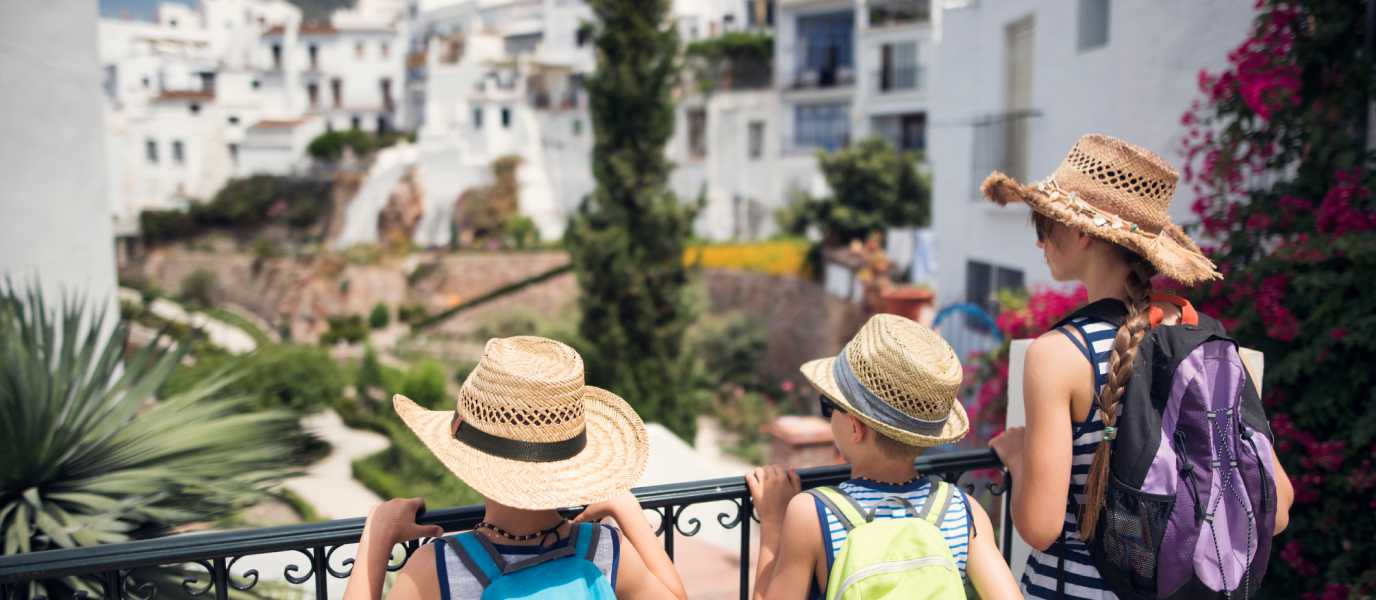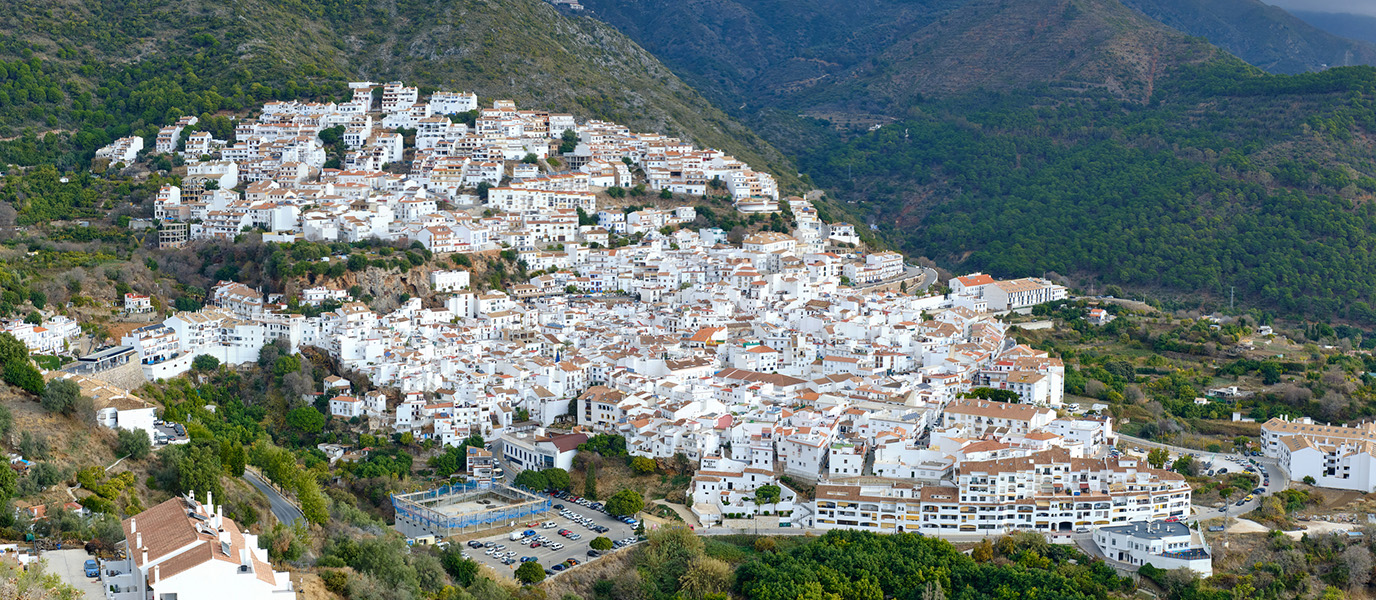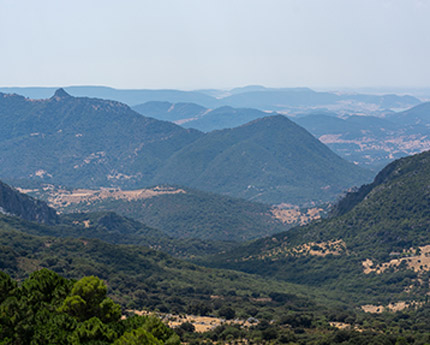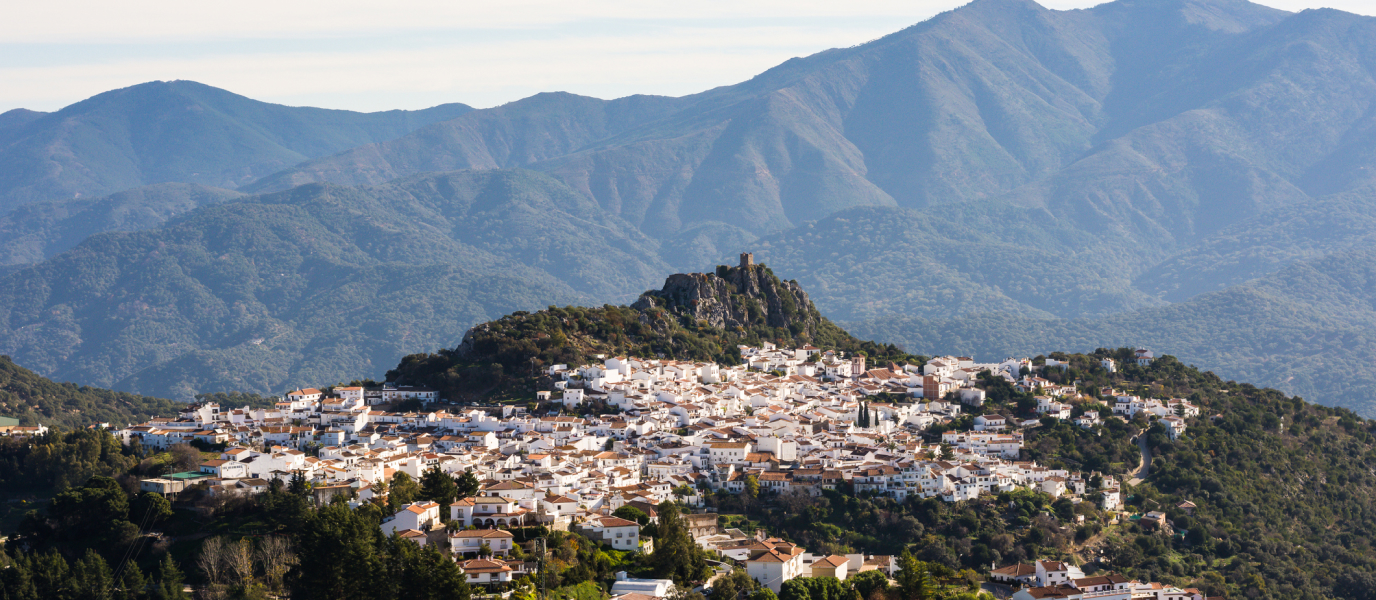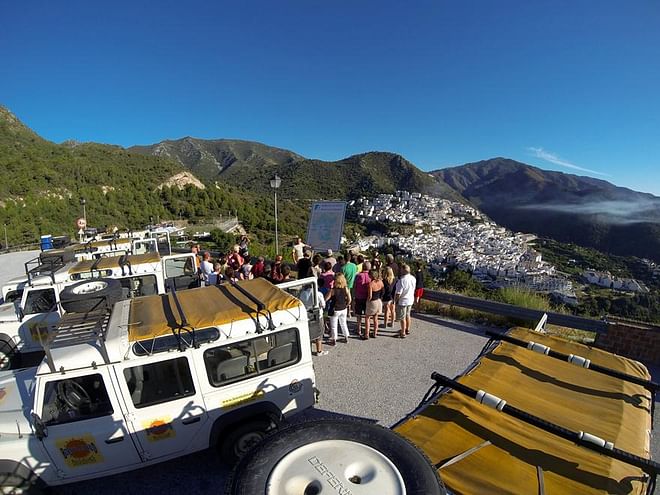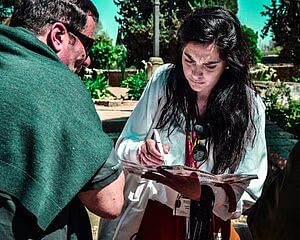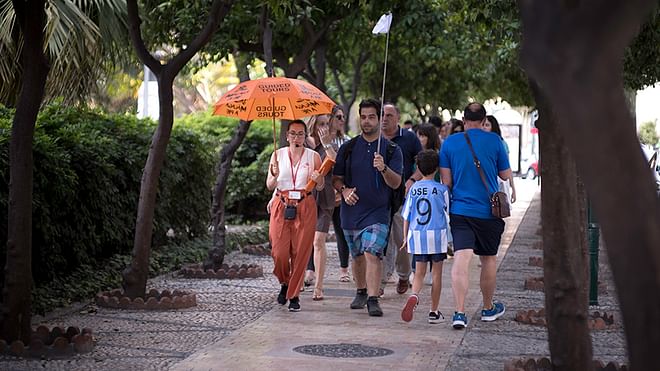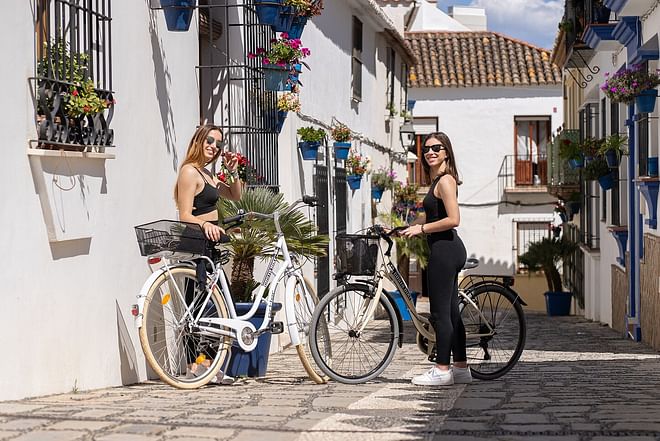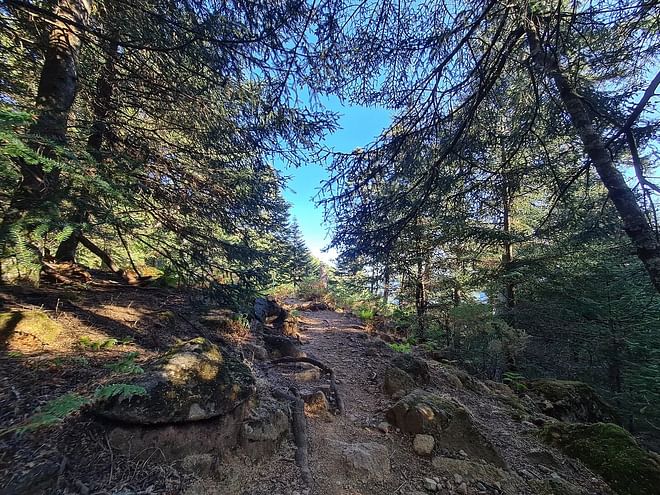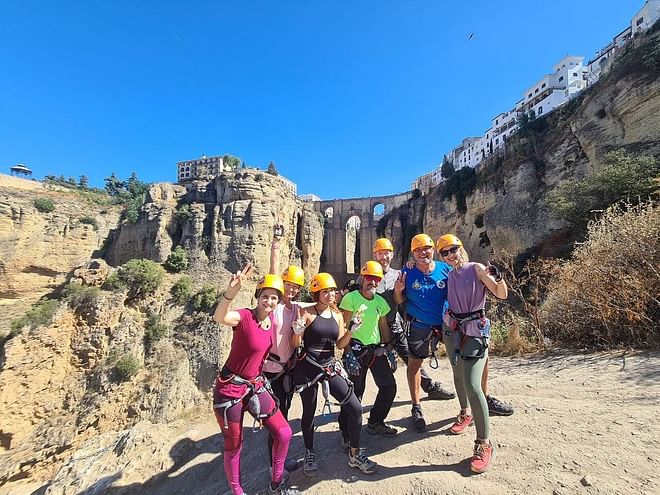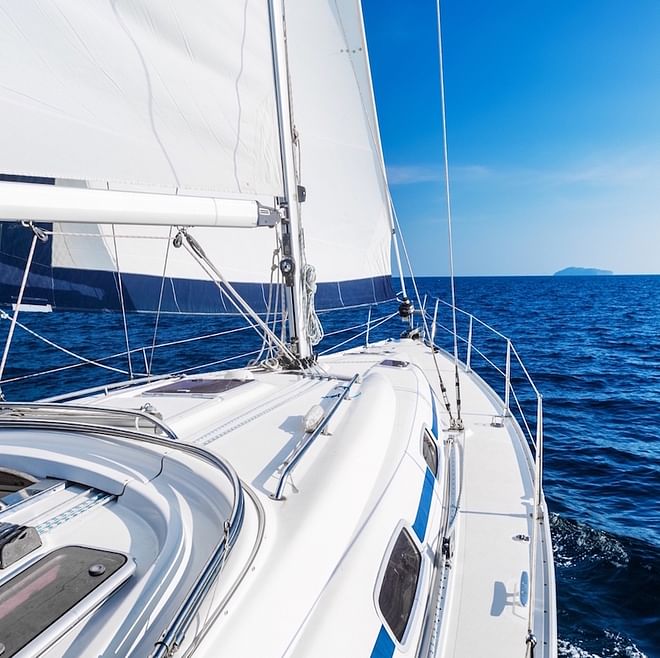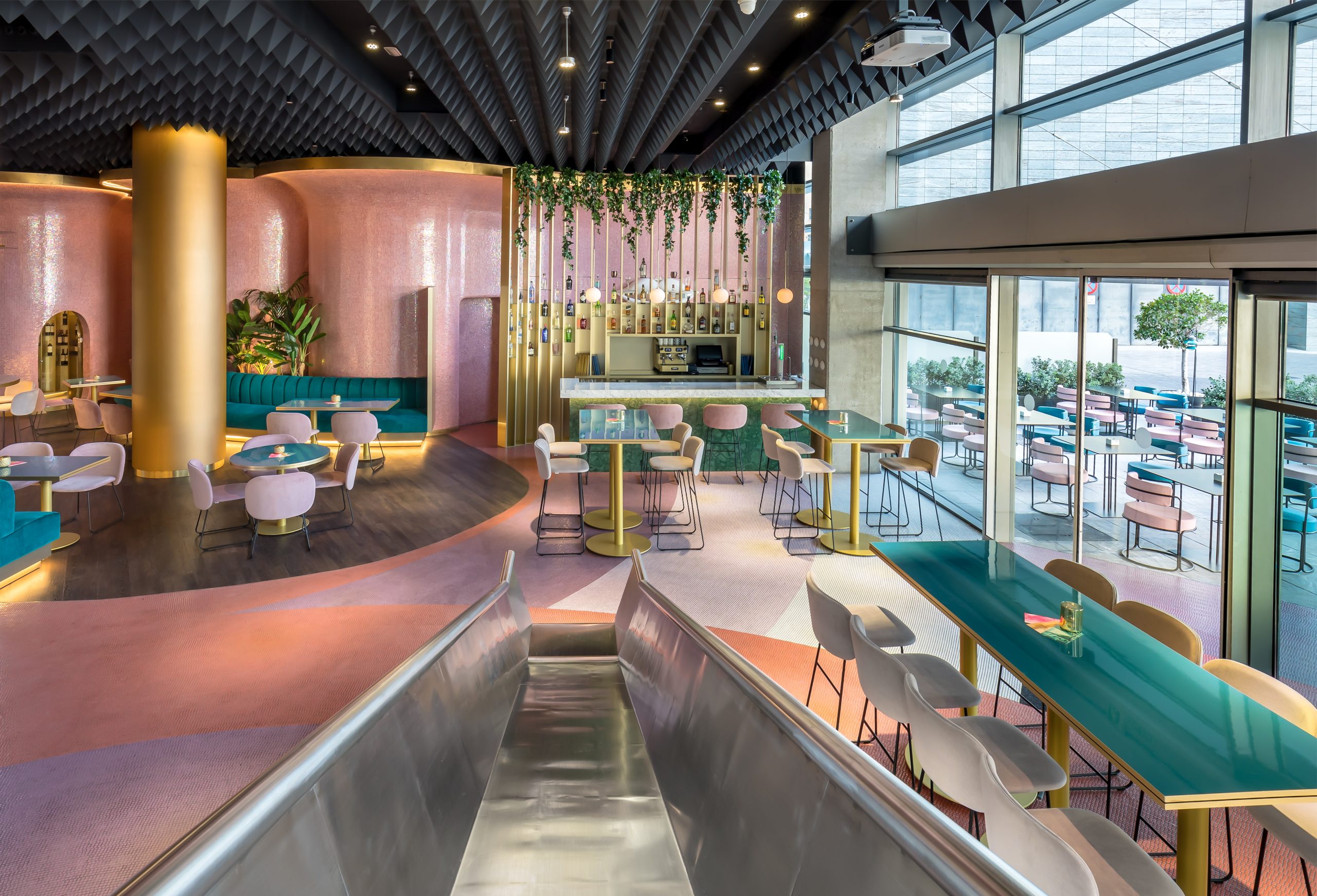Frigiliana is the most beautiful town in Málaga’s Axarquía region. Walking through it is like stepping into a different world of white villages and narrow streets. Get your comfortable walking footwear on and discover all the beauty that it contains.
Located 7 km north of Nerja (link interno) and 50 km from Málaga, Frigiliana is located in the Sierras de Almijara, Tejeda and Alhama Natural Park. The historic centre of the town is known as the Barribarto, and retains the essence of its Moorish past. It was declared a Historic-Artistic Site in 2014, mainly due to its state of conservation, and is considered the purest example of popular architectural ensemble of Moorish origin in the province of Málaga. Its sloping cobbled streets, reddish roofs and flowers in the windows have certain, special charm. The most picturesque point is Callejón del Peñón. This rock and the fortress, used by the Moors as defence, tower over the Sierra de Almijara.
Explore its no-exit alleys called adarves—remains of Moorish urban architecture—such as the one on the Túnel, or those on the streets of El Zacatín, Señor, Huerta, Peñón, Cura Soto, Amargura or Inquisidor, among others. Frigiliana’s adarves give access to the rear entrances of private houses through a common area for the owners of those houses.
A stroll through the town centre will take you to the Plaza de la Iglesia square, the Town Hall and El Zacatín street, one of the most photographed in the town. The name ‘Zacatín’ was given to the places where clothes were sold. Calle Real, from which most of the narrow streets depart, is the only one where traffic is allowed.
You can follow the Twelve Ceramic Plates route that takes you on a tour of the old town, in a sequence with a focus on the uprising of the Moriscos (Moors converted to Christianity), and discover the street dedicated to one of its protagonists: Hernando El Darra. With the Castilian troops approaching, the Moors, led by El Darra, came together in the highest area of the city armed with rocks, mill wheels and anything else that could be thrown at them. They managed to repel the initial attack, but the battle continued and the Christians advanced. El Darra was able to escape to Africa despite the high price that was offered for his head. Years later, King Philip II eventually forgave him and returned his possessions.
The expulsion of the Moriscos was a period of decadence for the town. The production of silk was abandoned and sugarcane began to be cultivated.
What to see in Frigiliana
On your tour of Frigiliana you will find many interesting places to visit.
- The Archeological Museum
Frigiliana has the first archaeological museum in the region of Axarquía. It displays a total of 125 pieces dating back from the Neolithic period to the late sixteenth century, and bearing witness to the three cultures that coexisted in the town: Christian, Moorish and Sephardic Jewish. There is also a space dedicated to contemporary art.
- El Fuerte
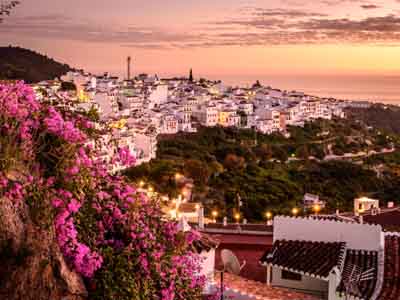
In Frigiliana, El Fuerte is the name given to a hill that rises behind the town. A 7-km hike takes you to it, starting from the village and reaching over 900 metres high. The views of the white village and its coastline in the background are absolutely worth the climb. Legend has it that during the reconquest, the Moorish soldiers threw themselves into the void from here to avoid being captured by the Christians.
- El Ingenio
El Ingenio is a sixteenth-century building that housed the cane honey factory which still operates today. It preserves the machinery that was used at the beginning of the twentieth century to manufacture this product, which maintained the local economy for centuries.
- The Botanical Garden
Along the walk that climbs Carlos Cano avenue to the Historic Centre, you will find the Santa Fiora botanical garden, which contains endemic species of the region.
- The Old Fountain
It used to be called the New Fountain, but the years have turned it into the Old Fountain. You will find it walking down Calle Chorruelo. It dates from the seventeenth century and its importance was essential as it supplied the population with water and was used as an animal trough.
- Reales Pósitos
This building was erected in 1767 to regulate the distribution and sale of surplus grain. It was eventually turned into houses, but the three units that it comprised and their semicircular arches can still be seen. These grain stores used to be located in El Torreón. A vessel is displayed here which boasts a symbol of the town’s three religions: Christian, Jewish and Muslim. At present, the Festival of the Three Cultures is celebrated in the town every year.
- The Lízar Castle
The remains of the Moorish Castle, called Castillo de Lízar, destroyed during the siege of the Moriscos in 1569, can be found on the Cerro de la Sabina hill. Only part of the rampart and fragments of the walls are preserved, but they give an idea of what this fortification was like.
Where to eat in Frigiliana
Fried young goat meat in almond sauce, fresh vegetable stews or cod and migas (bread crumbs) are the traditional meals of this small town in Axarquía. As for desserts, the most typical are arropía (sweets) and marcochas (popcorn), both handmade using sugar cane honey. We will leave you with our recommendations of where to go to taste the town’s typical cuisine.
- Bar El Acebuchal: On the outskirts of the town, it offers local cuisine, game and homemade bread.
- Taberna del Sacristán: Next to the church of San Antón. Its star dishes are seafood-stuffed piquillo peppers and ox steak.
- The Garden Restaurant: Covered terrace with spectacular views for a special occasion.




































































